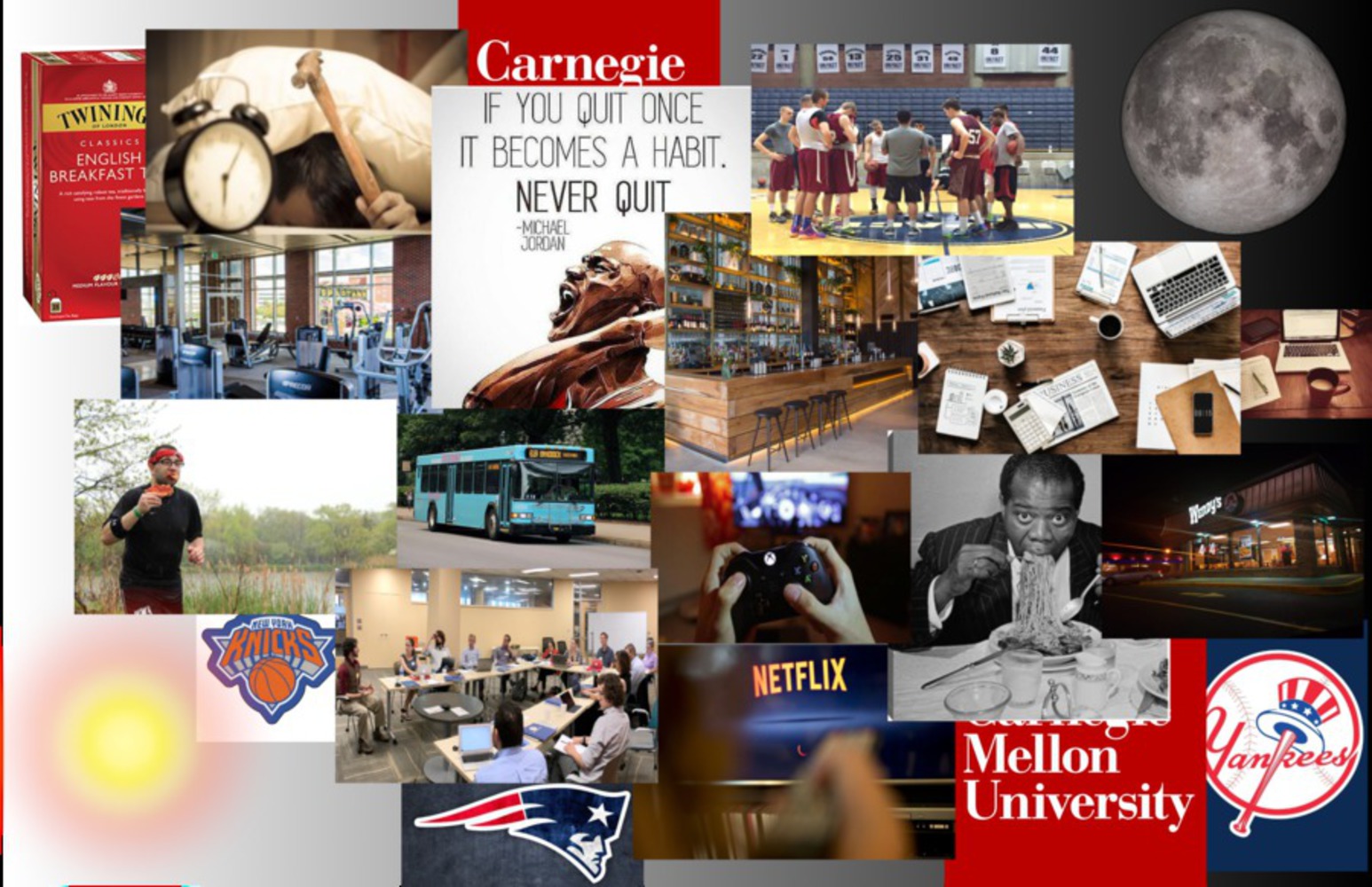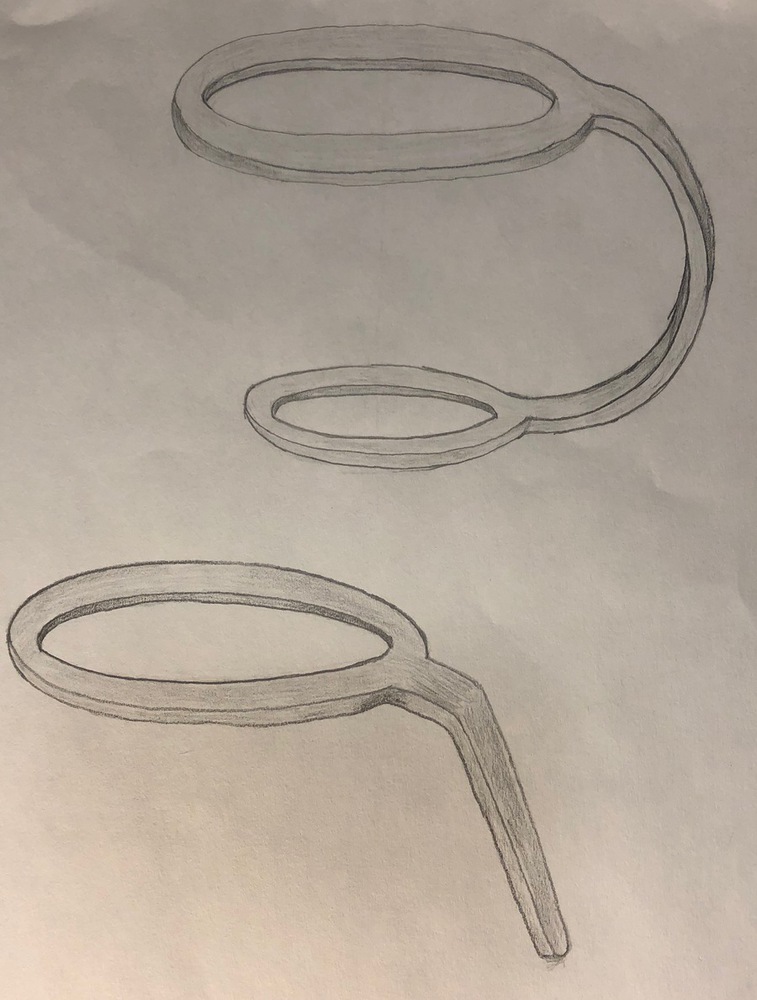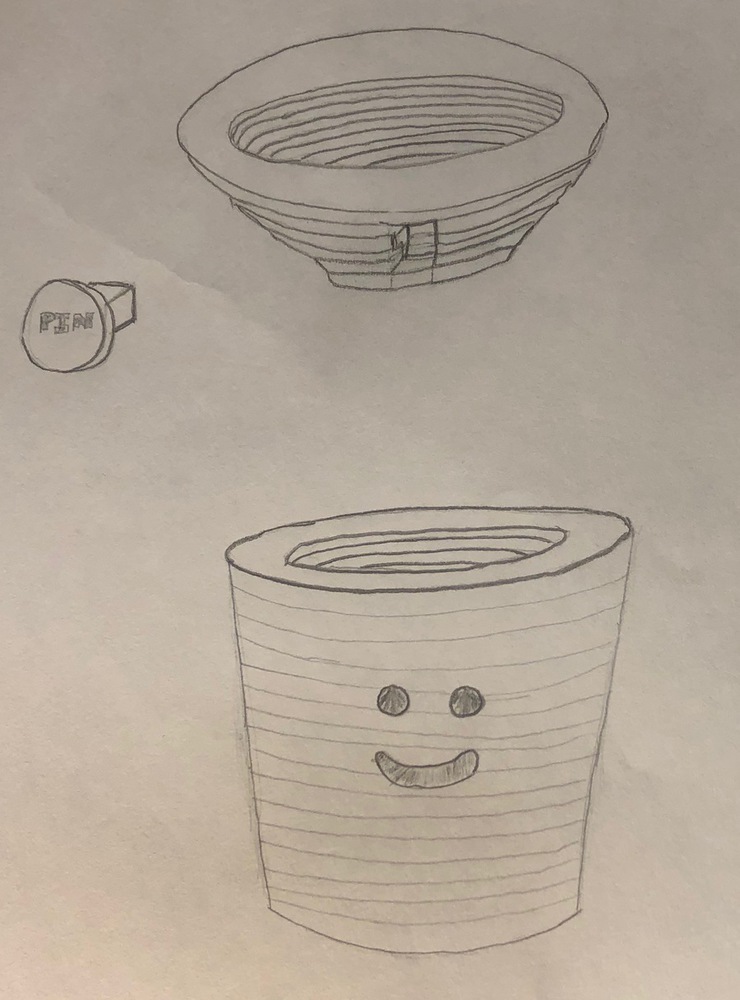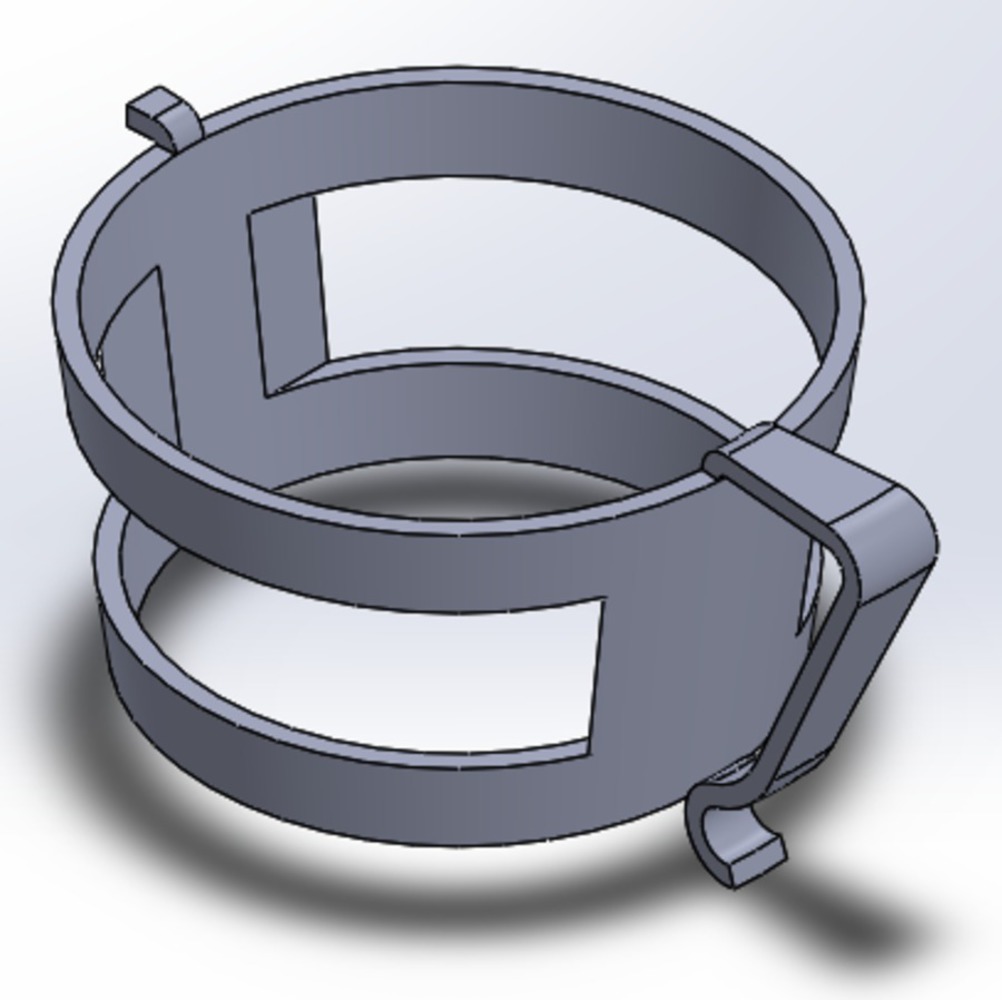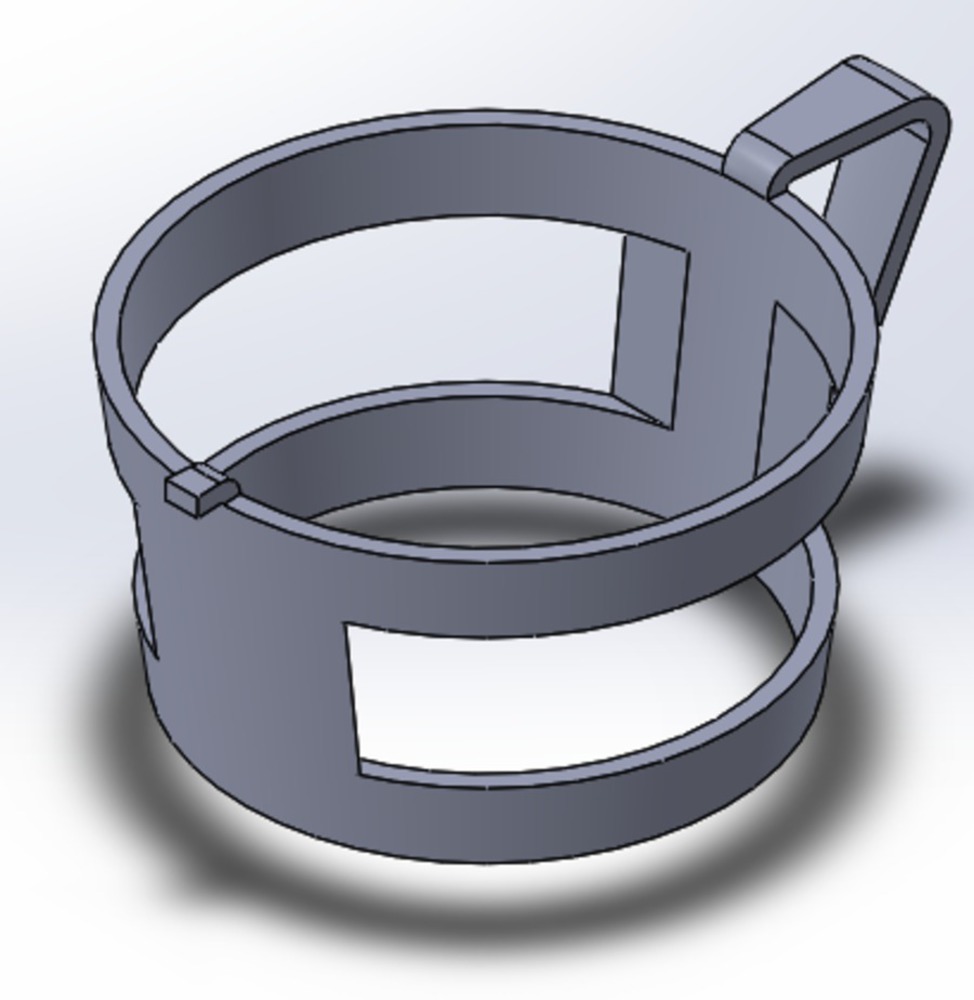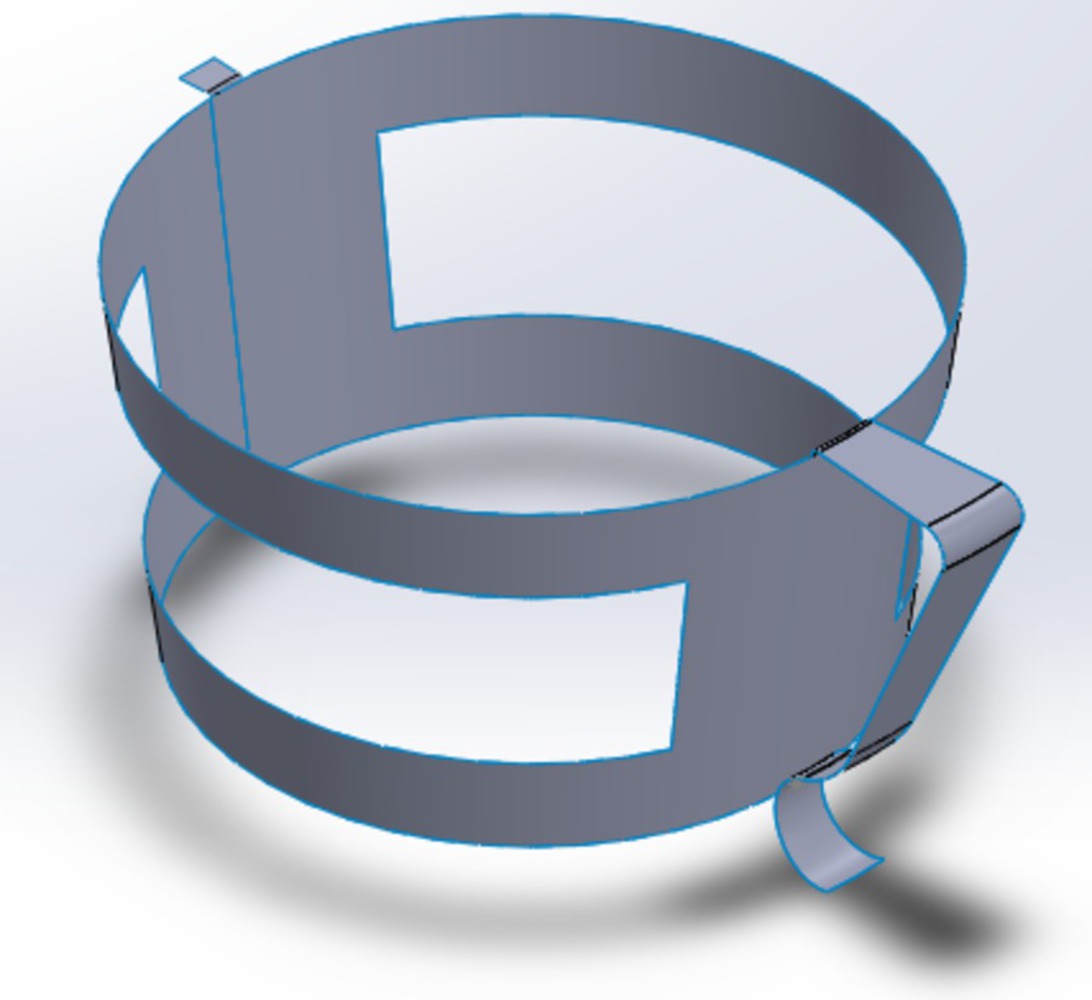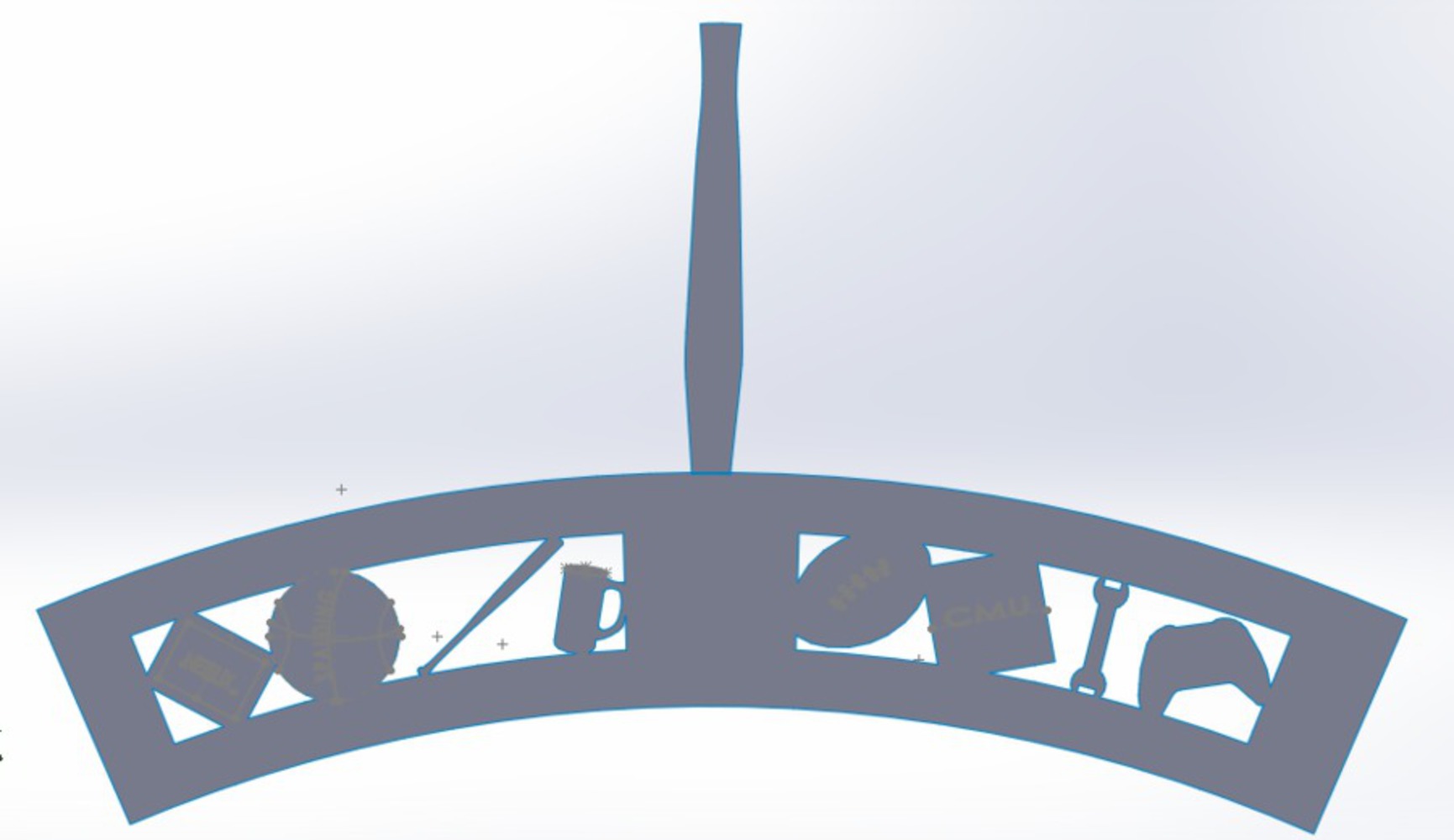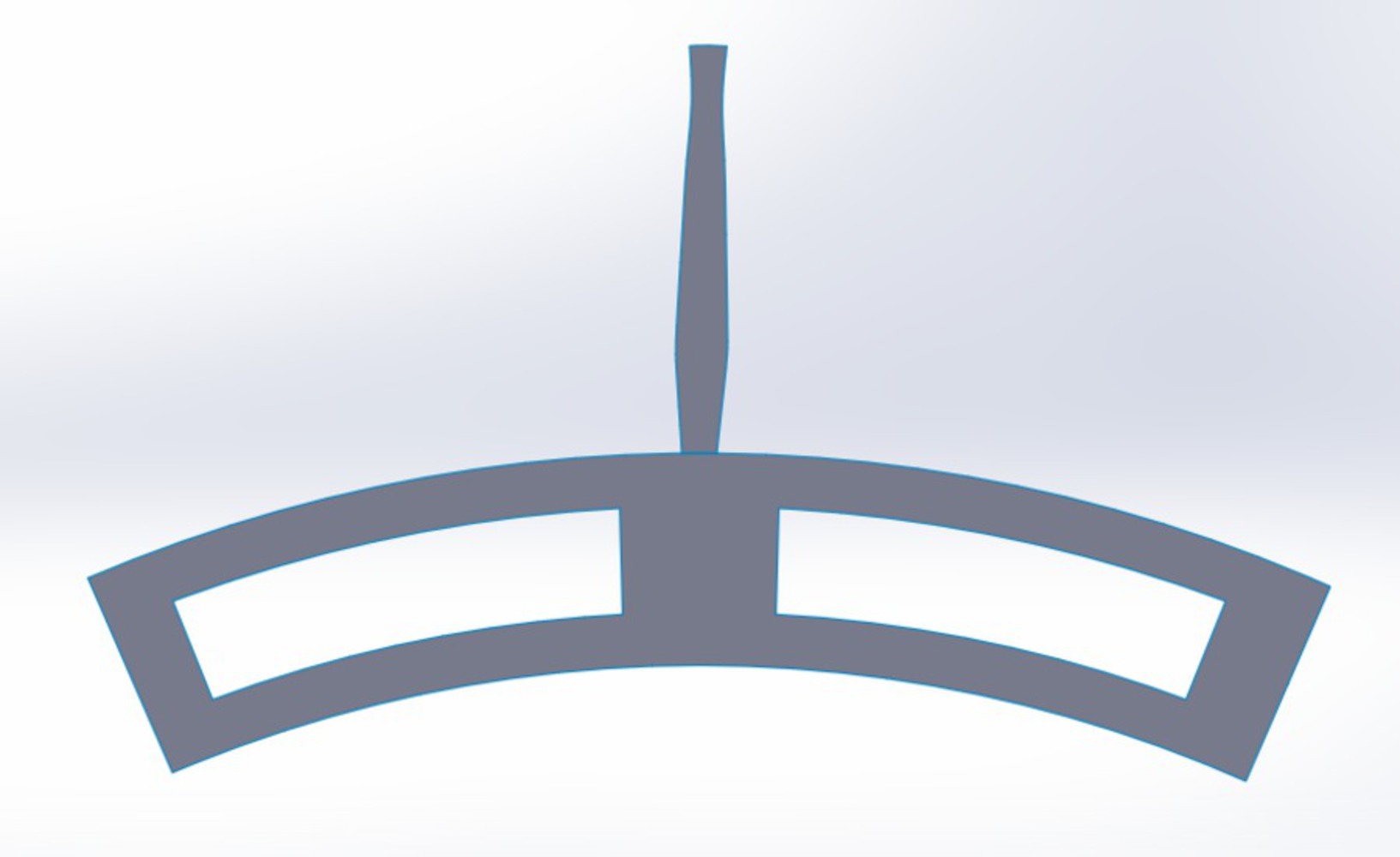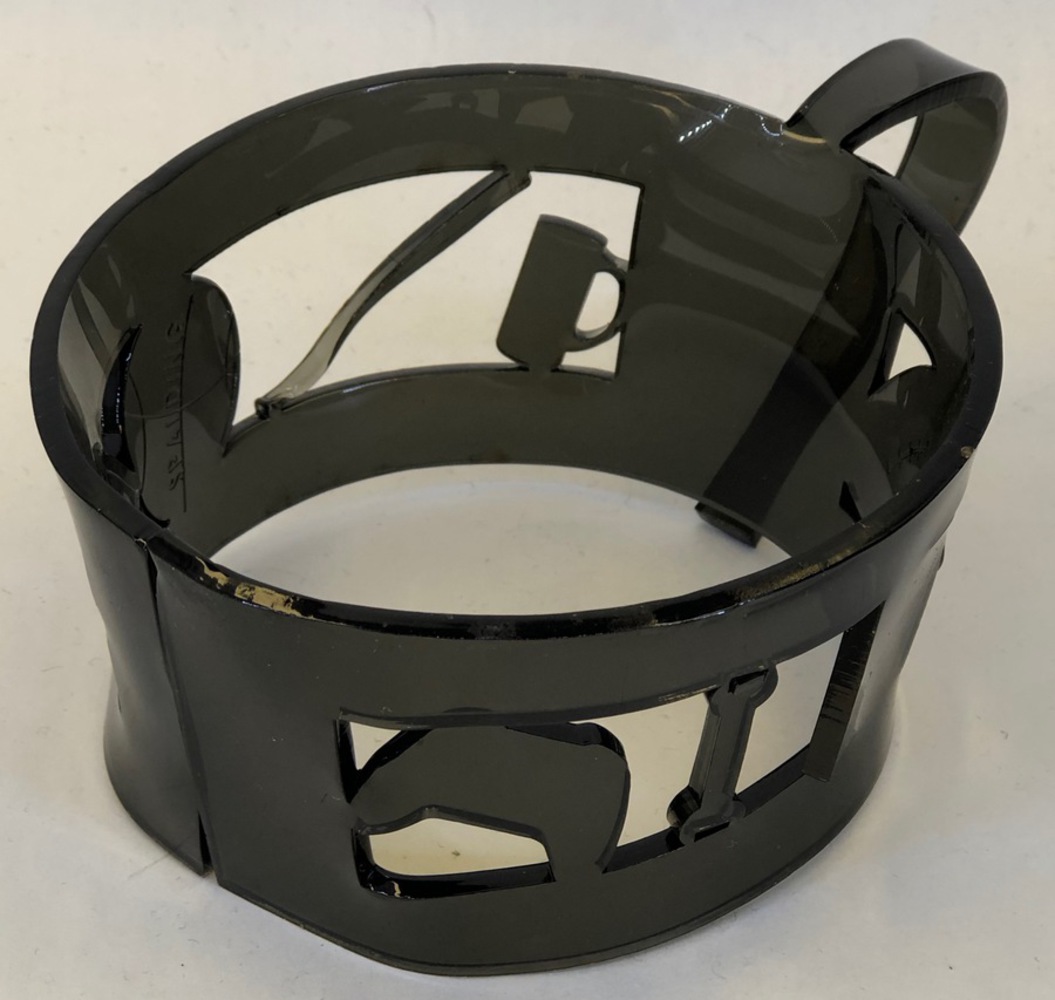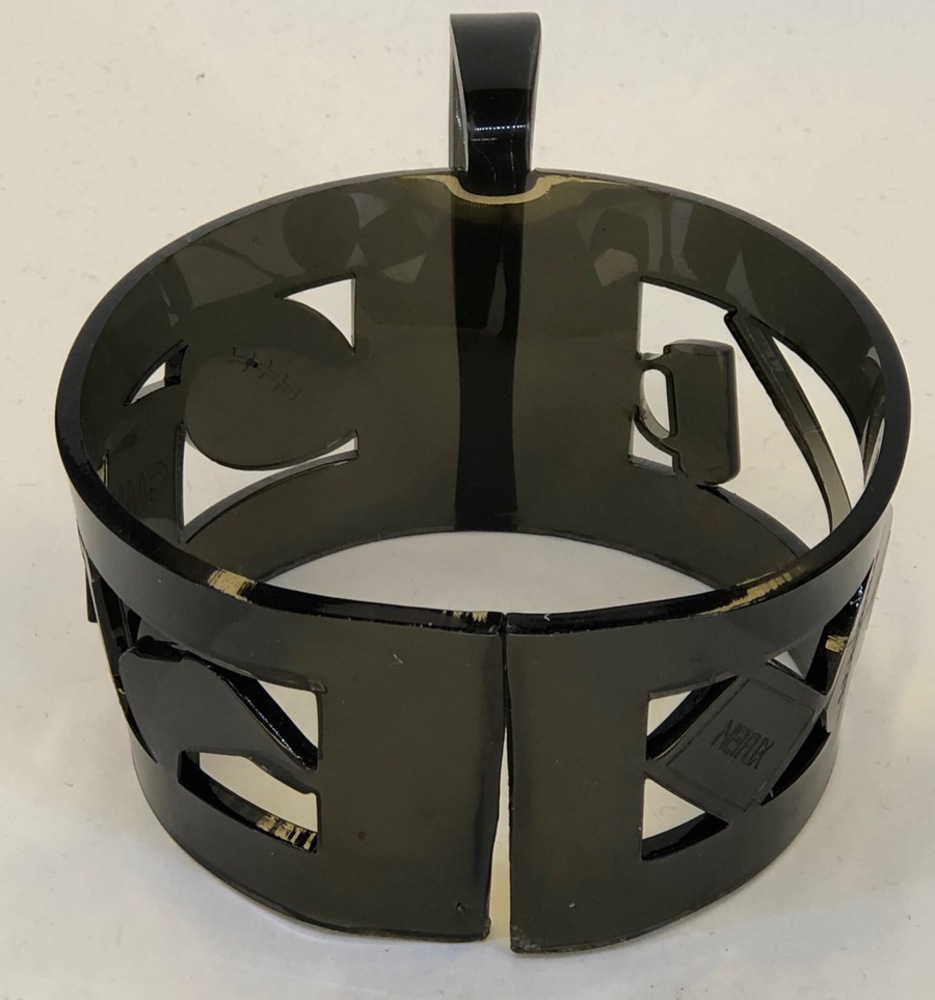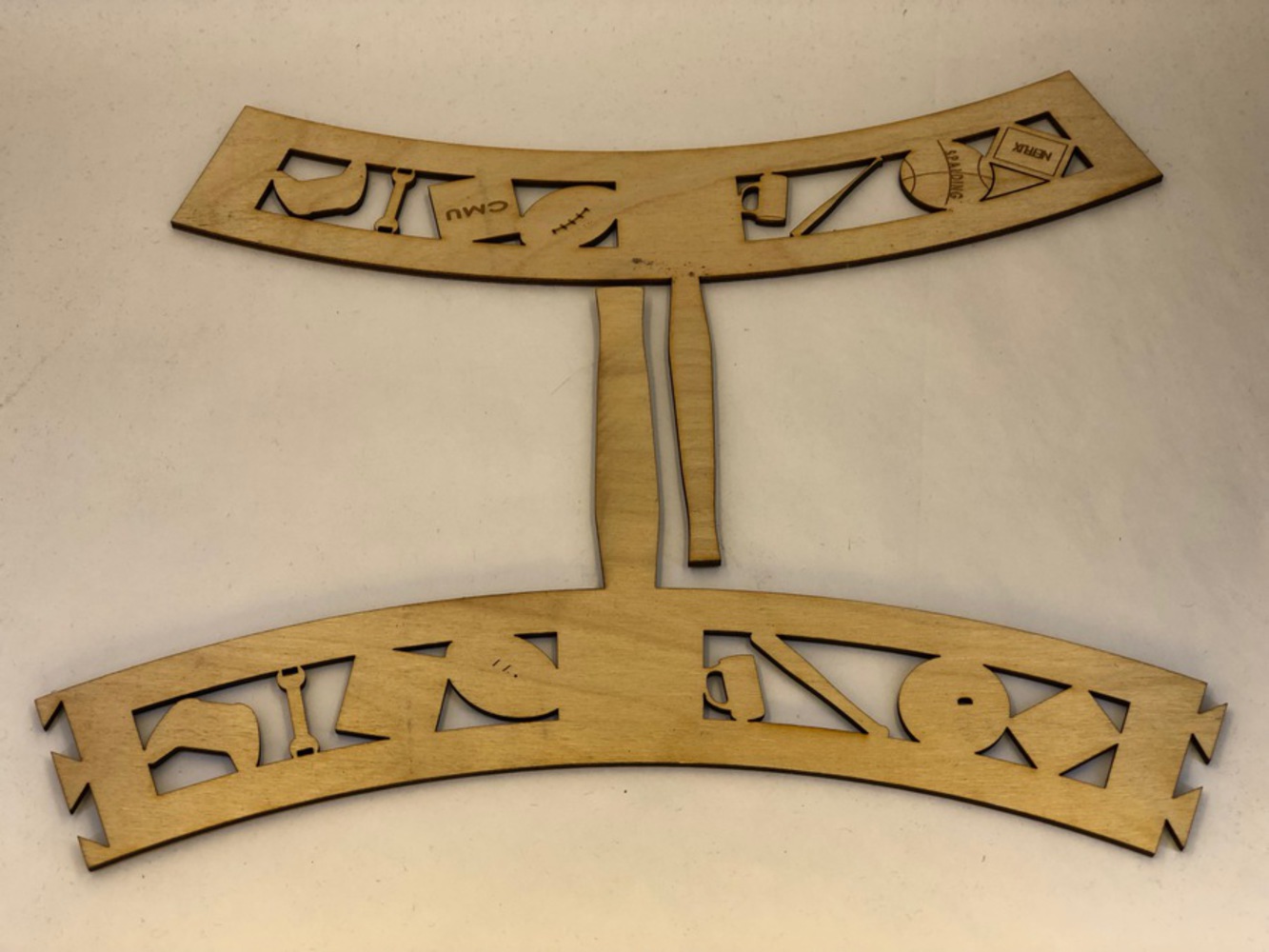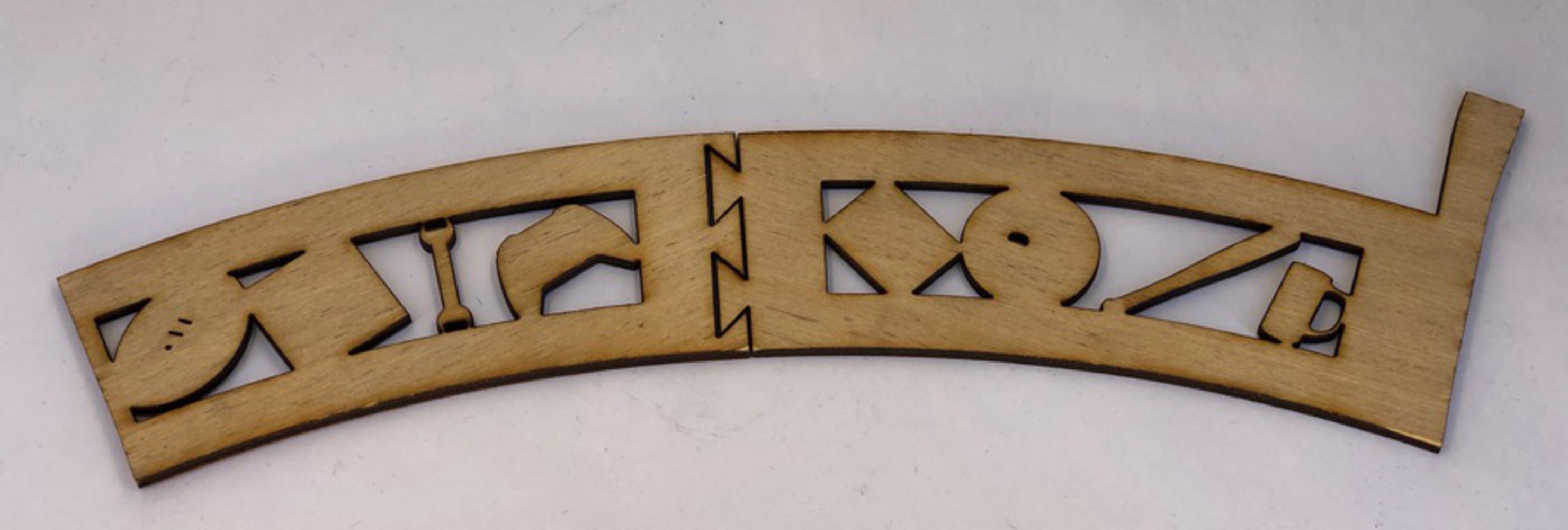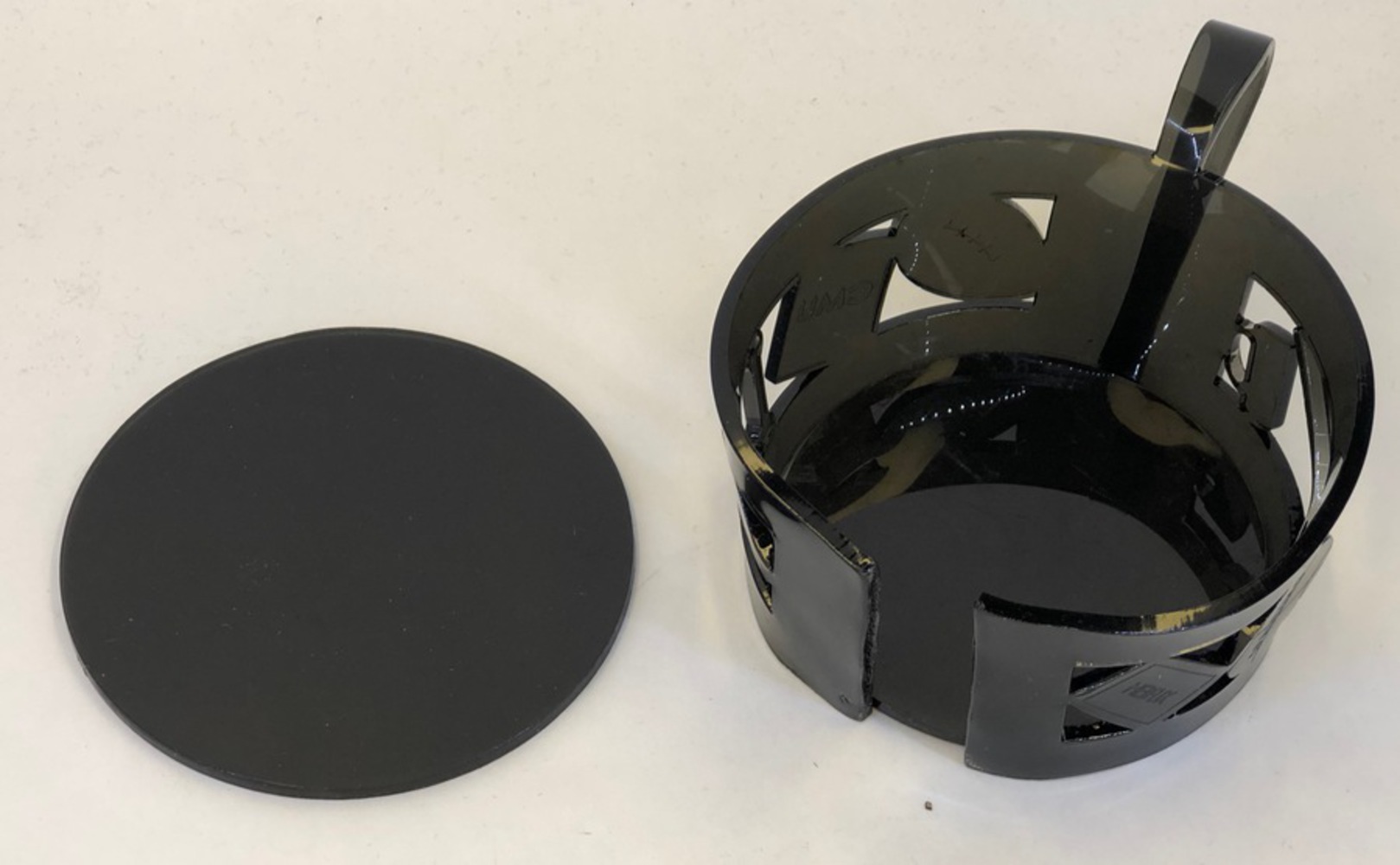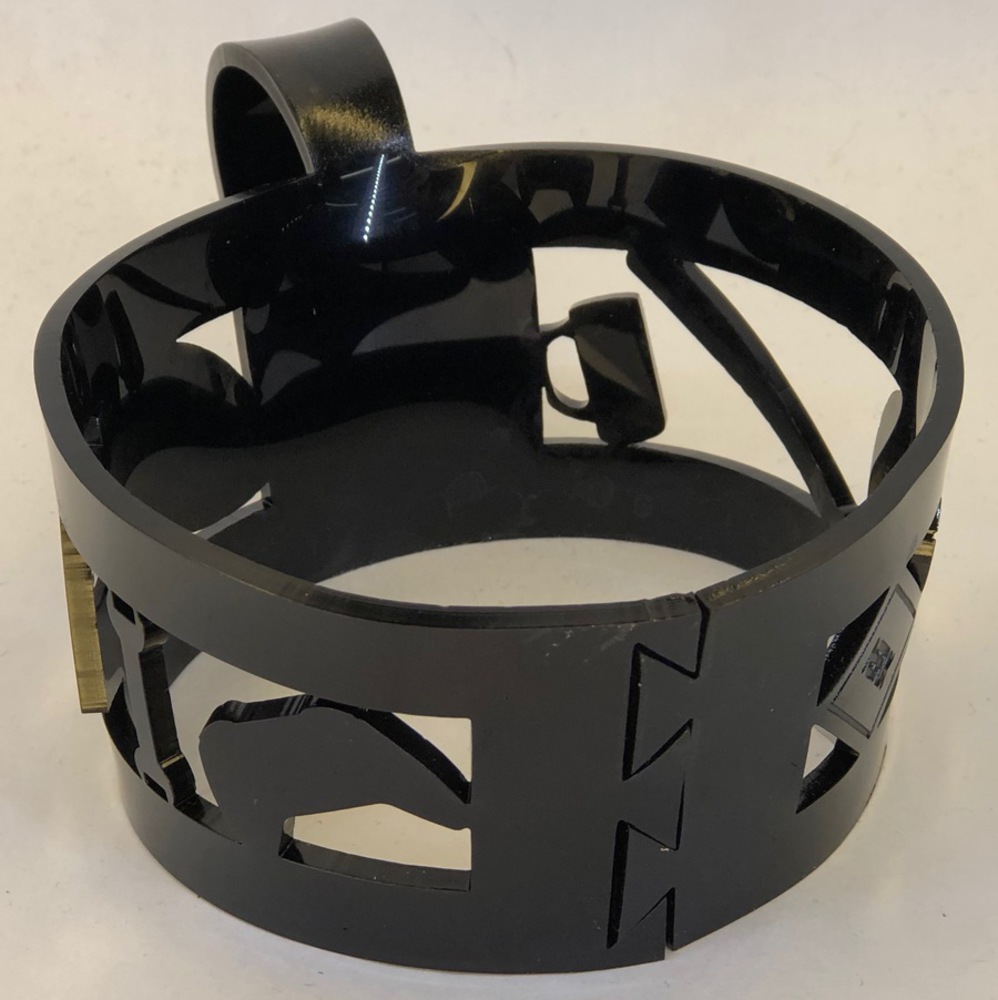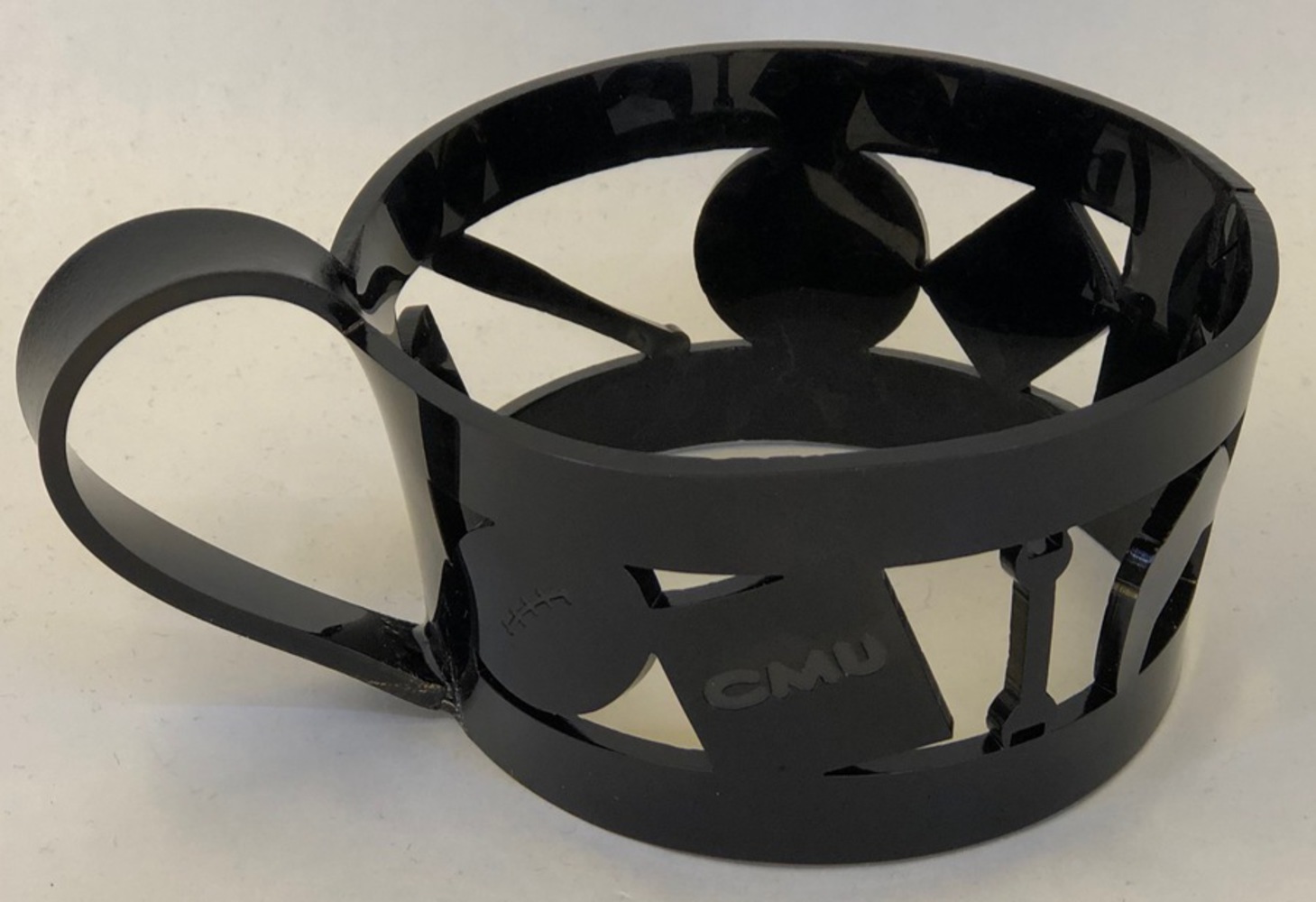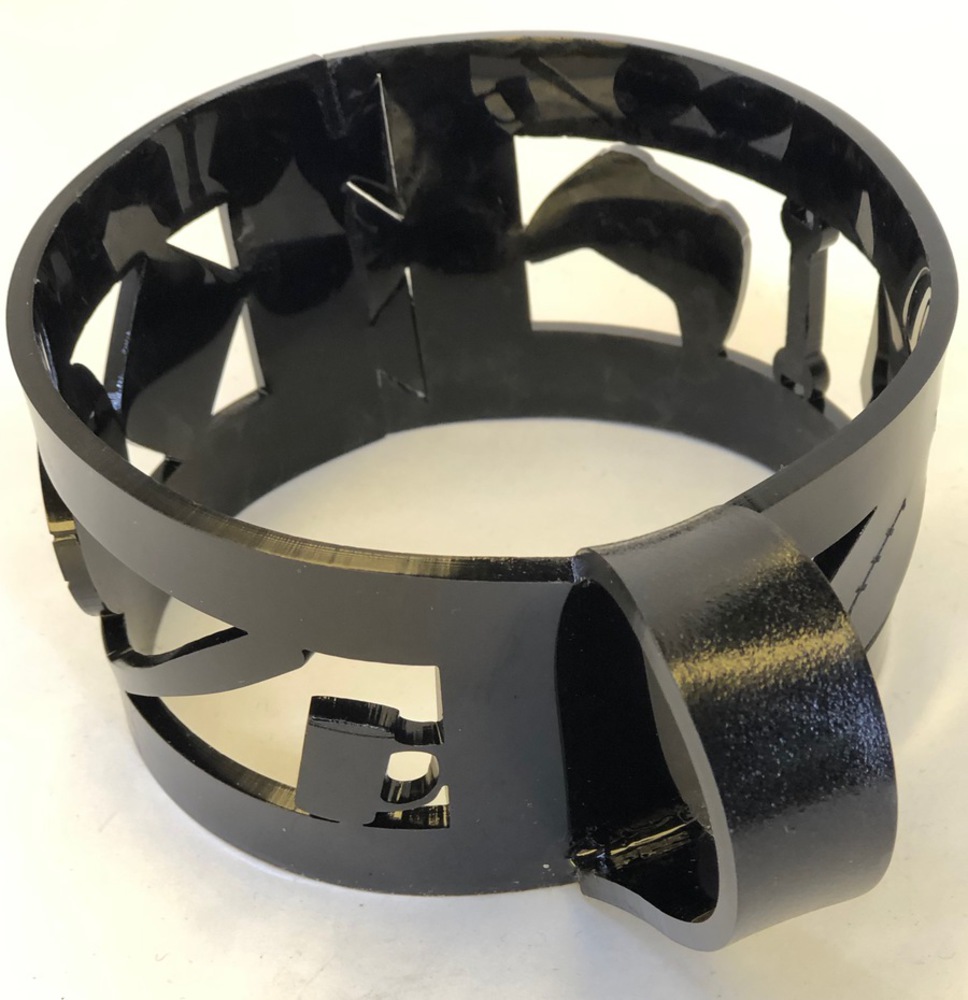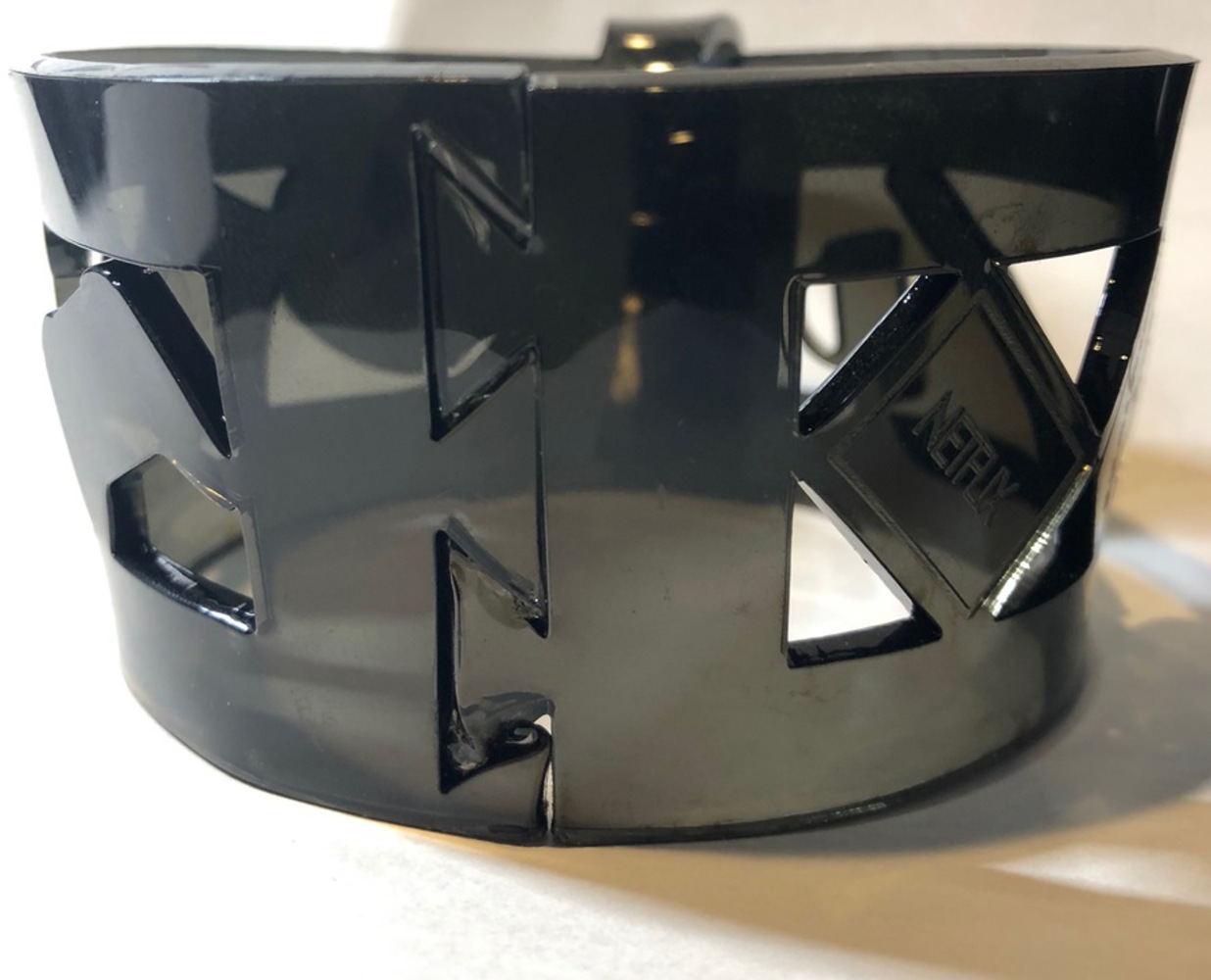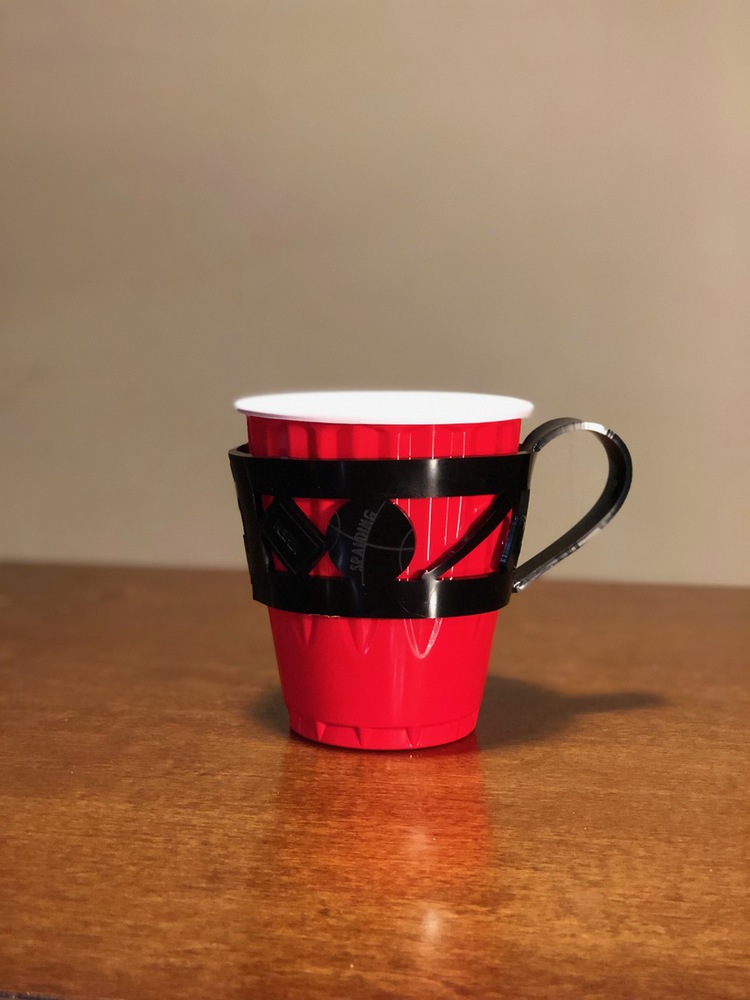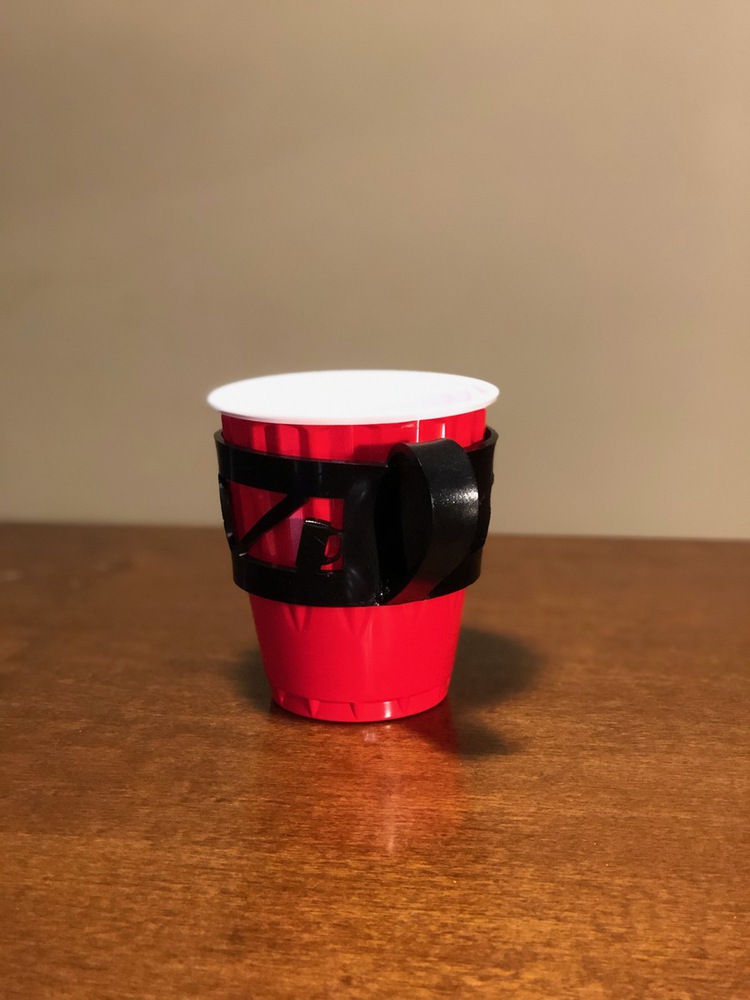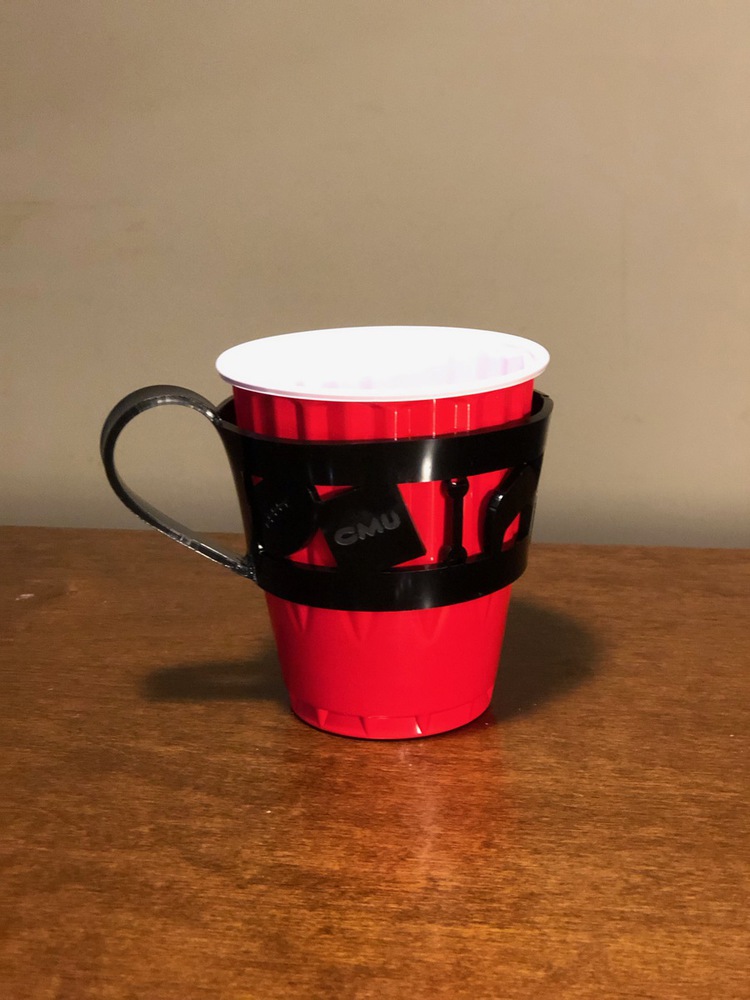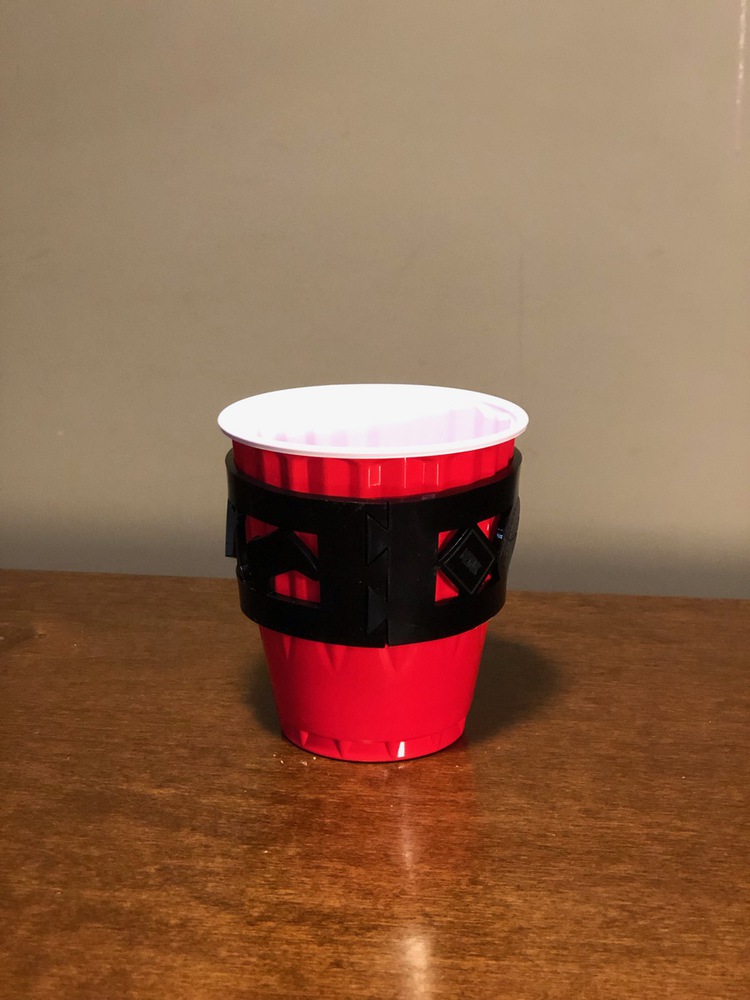My Cup of Tea
I'm not a coffee drinker however, I do enjoy a nice cup of tea. Even so, I do not drink tea very often either. Choosing from hot beverages, I would say my favorite hot drink (which i prefer to drink during cold weather), is hot chocolate. One thing that I noticed which is universal to all purchased hot beverages is the absence of a handle. Personally, I prefer the comfort of holding a mug in my hand with my fingers resting within the handle area. It feels more secure to me and minimizes the possibility of the drink slipping through my hands. Moreover, I realized that the one type of cup I use more than any other is the tried and true, Red Solo Cup. With this in mind, I set out to create a personalized cup sleeve with a handle that can not only fit larger hot beverage cups, but also Red Solo Cups.
Mood-Board
I first began by collecting pictures that could depict my daily and weekly routines. Using these pictures I created a mood-board shown below.
